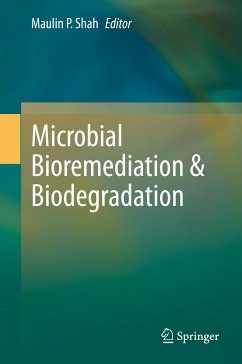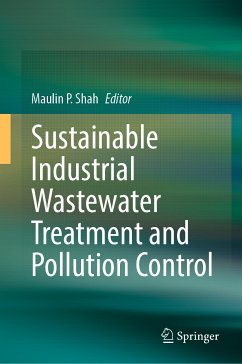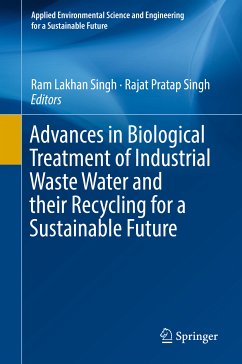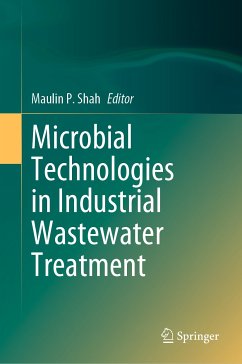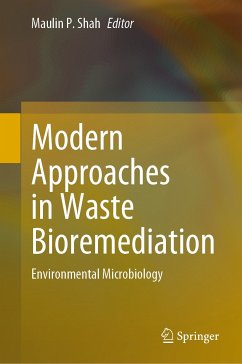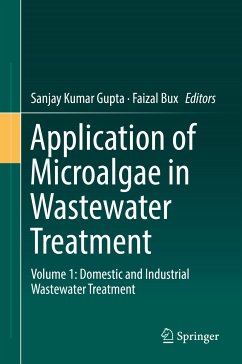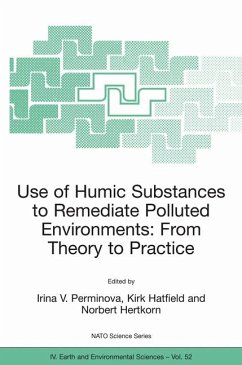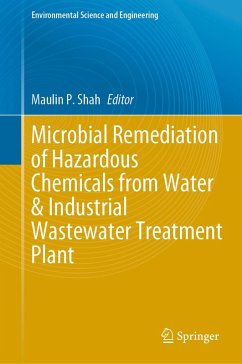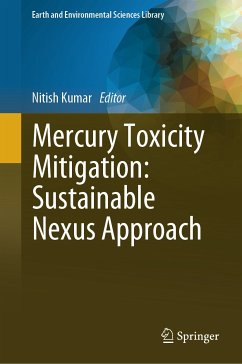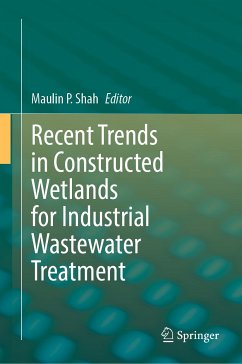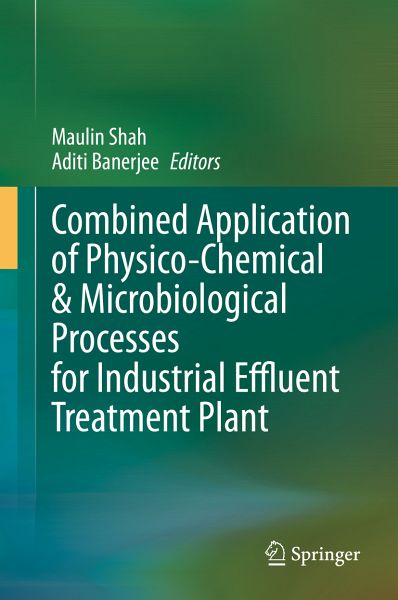
Combined Application of Physico-Chemical & Microbiological Processes for Industrial Effluent Treatment Plant (eBook, PDF)
Versandkostenfrei!
Sofort per Download lieferbar
72,95 €
inkl. MwSt.
Weitere Ausgaben:

PAYBACK Punkte
36 °P sammeln!
In recent decades, scientific insight into the chemistry of water has increased enormously, leading to the development of advanced wastewater and water purification technologies. However, the quality of freshwater resources has continually deteriorated worldwide, both in industrialized and developing countries. Although traditional wastewater technologies focus on the removal of suspended solids, nutrients and bacteria, hundreds of organic pollutants occur in wastewater and urban surface waters. These new pollutants are synthetic or naturally occurring chemicals that are not often monitored in...
In recent decades, scientific insight into the chemistry of water has increased enormously, leading to the development of advanced wastewater and water purification technologies. However, the quality of freshwater resources has continually deteriorated worldwide, both in industrialized and developing countries. Although traditional wastewater technologies focus on the removal of suspended solids, nutrients and bacteria, hundreds of organic pollutants occur in wastewater and urban surface waters. These new pollutants are synthetic or naturally occurring chemicals that are not often monitored in the environment but have the potential to enter the environment and cause known or suspected adverse ecological and / or human health effects.
Collectively referred to as the "emerging contaminants," they are mostly derived from domestic use and occur in trace concentrations ranging from pico to micrograms per liter. Environmental contaminants are resistant to conventional wastewater treatment processes and most of them remain unaffected, leading to the contamination of the receiving water. As such, there is a need for advanced wastewater treatment process that is capable of removing environmental contaminants to ensure safe fresh water supplies.
This book explains the biological and chemical wastewater treatment technologies. The biological wastewater treatment processes presented include: (1) bioremediation of wastewater such as aerobic and anaerobic treatment; (2) phytoremediation of wastewater using engineered wetlands, rhizofiltration, rhizodegradation, phytodegradation, phytoaccumulation, phytotransformation and hyperaccumulators; and (3) mycoremediation of wastewater. The chemical wastewater treatment processes discussed include chemical precipitation, ion exchange, neutralization, adsorption and disinfection.
In addition, the book describes wastewater treatment plants in terms of plant size, layout and design as well as installation location. Also presenting the latest, innovative effluent water treatment processes, it is a valuable resource for biochemical and wastewater treatment engineers, environmental scientists and environmental microbiologists.
Collectively referred to as the "emerging contaminants," they are mostly derived from domestic use and occur in trace concentrations ranging from pico to micrograms per liter. Environmental contaminants are resistant to conventional wastewater treatment processes and most of them remain unaffected, leading to the contamination of the receiving water. As such, there is a need for advanced wastewater treatment process that is capable of removing environmental contaminants to ensure safe fresh water supplies.
This book explains the biological and chemical wastewater treatment technologies. The biological wastewater treatment processes presented include: (1) bioremediation of wastewater such as aerobic and anaerobic treatment; (2) phytoremediation of wastewater using engineered wetlands, rhizofiltration, rhizodegradation, phytodegradation, phytoaccumulation, phytotransformation and hyperaccumulators; and (3) mycoremediation of wastewater. The chemical wastewater treatment processes discussed include chemical precipitation, ion exchange, neutralization, adsorption and disinfection.
In addition, the book describes wastewater treatment plants in terms of plant size, layout and design as well as installation location. Also presenting the latest, innovative effluent water treatment processes, it is a valuable resource for biochemical and wastewater treatment engineers, environmental scientists and environmental microbiologists.
Dieser Download kann aus rechtlichen Gründen nur mit Rechnungsadresse in A, B, BG, CY, CZ, D, DK, EW, E, FIN, F, GR, HR, H, IRL, I, LT, L, LR, M, NL, PL, P, R, S, SLO, SK ausgeliefert werden.



